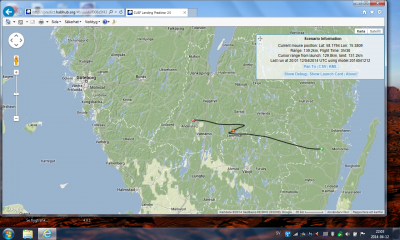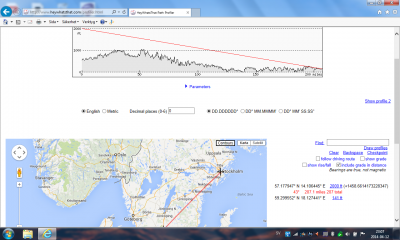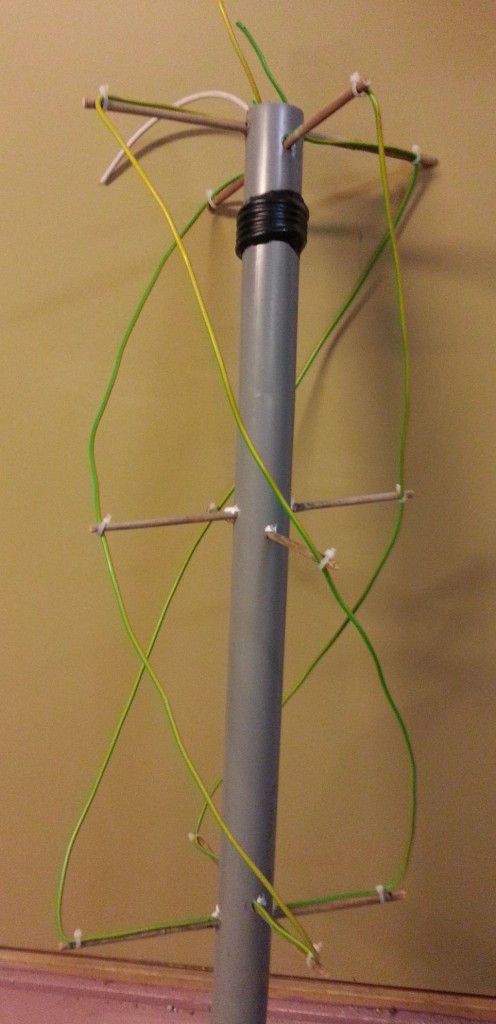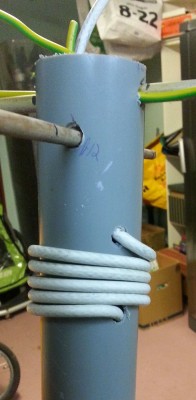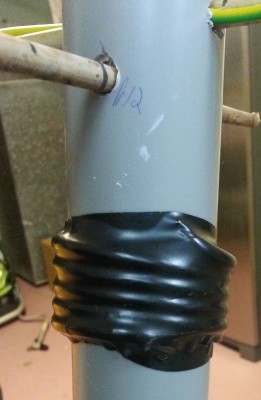Hej!
Vi körde ett satellitnät idag klockan 10.00 på frekvens 3740 KHz
Punkter.
*Månbilen
http://www.nature.com/news/china-s-moon-rover-awake-but-immobile-1.14906
*Ändring i bandplan 2M
IARU Recommendations
Dear Colleagues,
I should have sent out this notice much earlier, but please note the
recommendation below which has been agreed at the Region 3 Directors meeting
in Tokyo, August 2013.At the Region 3 Directors meeting held in August 26th
and 27th, 2013, thefollowing two recommendations were adopted regarding
usage of two meter band for the amateur satellite service
1. It is recommended that the band 144-146 MHz (“two-meter” band) be used
exclusively for down link on all future satellites.
2. It is recommended that the 144.000-144.035 MHz section be additionally
allocated for satellite down link .
Background information
1. Usage of the band 144-146 MHz for down link only The band 144-146 MHz
(“two-meter” band) is, according to the Radio
Regulations, allocated to the amateur and the amateur-satellite services
world-wide on a primary basis with exceptions in several footnotes.
But by agreement of all three IARU Regions, currently only a sub-section,
namely 145.80-146 MHz of the allocation, is used on an exclusive basis for
the amateur-satellite service.Although the band 145.80 – 146 MHz is
presently used for both uplink and downlink portions, the Cavtat Conference
of IARU Region 1 in 2008 agrees torecommend its use for downlink-only to
reduce interference signals fromnon-amateur signals (illegal’s like taxis)
being relayed if it is used for uplinks.
The usage of the band 145.8 – 146 MHz reduces path losses by about
9dBcompared with usage of the band 435 – 438 MHz. Most amateur satellites do
not employ attitude control due to their size and financial constraints,
therefore the use of simple omni-directional antenna would be popular.
In this situation 9 dB pass loss advantage is essential. On the other hand,
some societies in Region 3 have mentioned that to avoid interference signals
from non-amateur signals (illegal’s like taxis) the band 145.8 – 146 MHz has
not been used for downlinks in most amateur-satellite services. But
comparing effects of interference caused by illegal signals on uplinks and
downlinks, to avoid uplink interference is important because many amateur
satellites would be affected if there is interference on uplink.Taking into
account these factors mentioned above, it is recommended that the band
145.8 – 146 MHz should be used for downlink only in Region 3.2.
Additional allocation of 144.000-144.035 MHz section for satellite down link
only The IARU Satellite Advisory Group has been discussing the additional
allocation of the 144.000-144.035 MHz section for satellite down link only
taking into account the shortage of spectrum of 2m band for the amateur
satellite service .In 2008 it appeared that very little EME was then taking
place at the very bottom of the 144 MHz band, due to interference from
computer oscillators.This section is already aligned worldwide and therefore
it was considered that this could be suitable part of the band to be
used.More recent research and discussions suggested that this situation
remains he same today.
Further research has concluded that the bottom 35% of the 2metre band is
almost completely unused.It was noted that Region 1 had also discussed this
matter and their opinion was on similar lines.This subject was also
discussed at the Region 2 conference in September this year and
approved.
73 de Ken Yamamoto, JA1CJP
Secretary, IARU Region 3
*FO-29 DX rekord
K4FEG och DK1TB rapporterar att dom kört en kontakt med distansen 7538 km
(Det lönar sig att ha ordning på grejerna)
*Geostationär satellit på 26 grader Öst
Qatars Es hailSat 2 satellite will provide the first amateur
radiogeostationary communications capability linking Brazil and India. The
satellite is expected to launch by the end of 2016 and will be positioned at
26 degrees East.
AMSAT-DL say more details on the technical characteristics will be
published in
the next month.
Presentation by Peter Guelzow DB2OS, President of
AMSAT-DL, at the 2013 AMSAT-UK
Colloquium
http://www.batc.tv/streams/amsat1306
AMSAT Deutschland https://www.facebook.com/amsat.deutschland
Nästa söndag så är undertecknad på jobb men återkommer söndagen efter. Det
blir säkert några andra deltagare aktiva vanlig tid och frekvens.
mvh Håkan SM7WSJ

